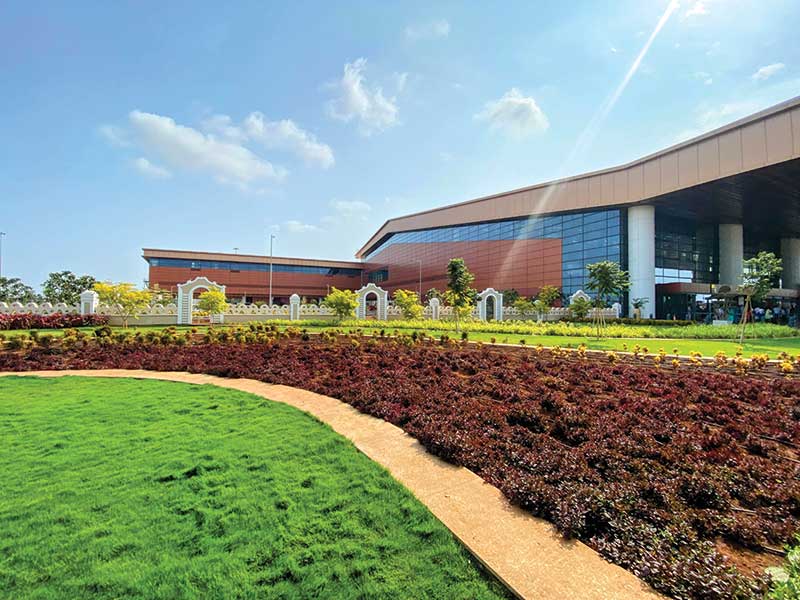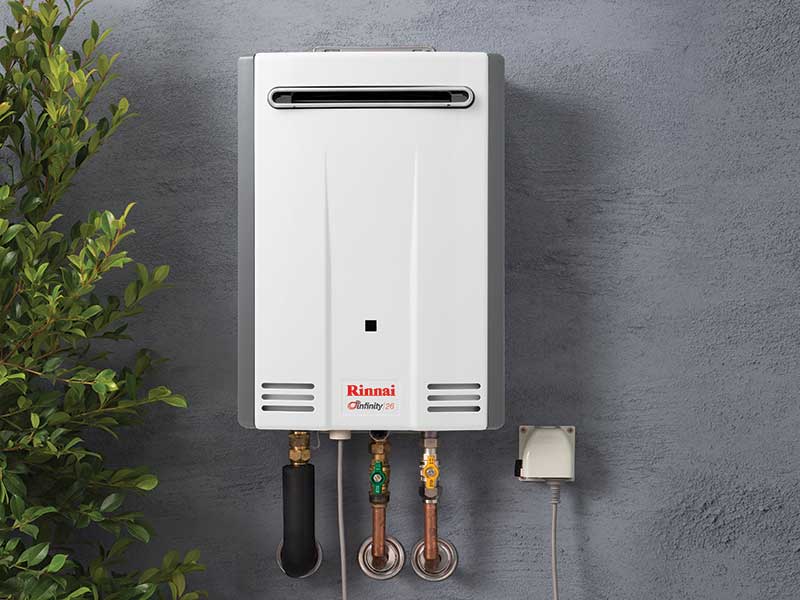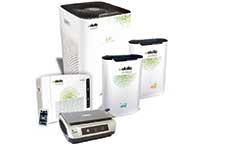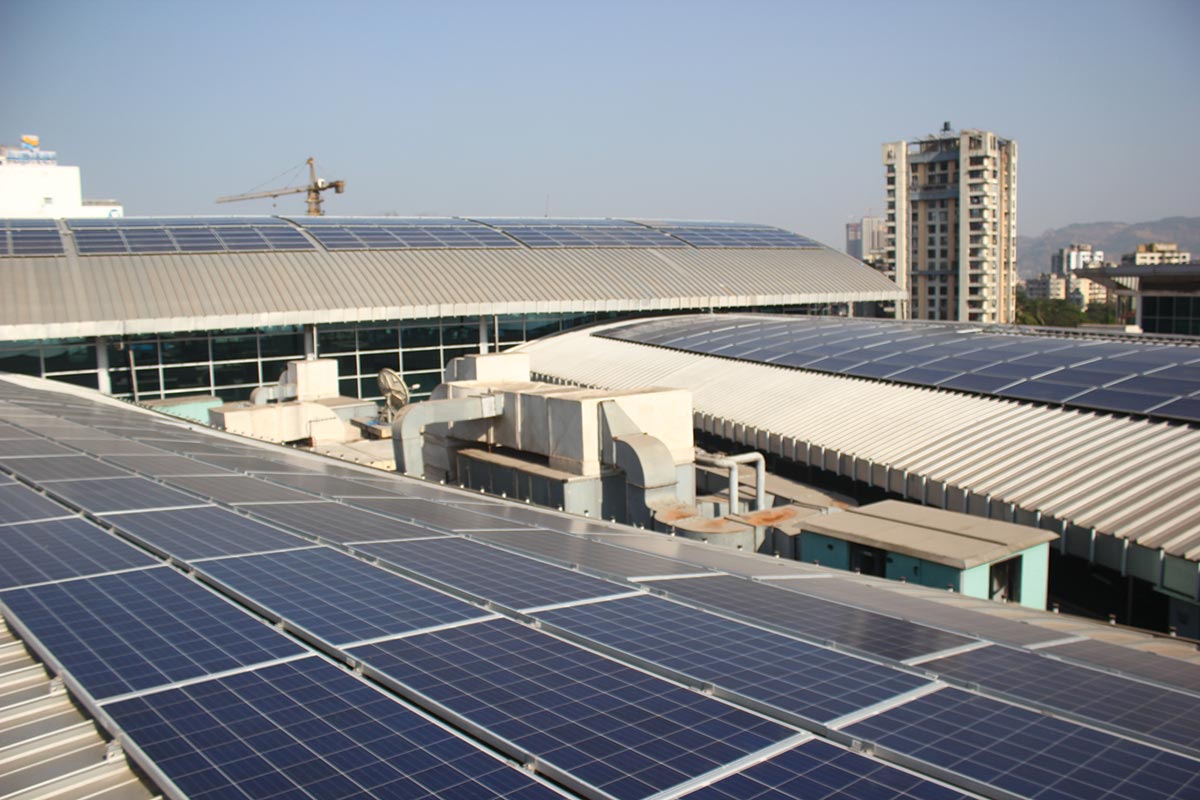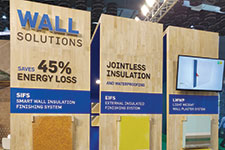
The HVAC industry is working hard to keep our buildings cool, clean and green too. An insight into the industry in India by Shruti Jain & Varsha Trehan.
It's the talk of the town, the latest office buildings, malls or luxury residences – the structures rise faster than one can keep up with – and each one competes with the other in the amenities and comfort elements it offers. Very interesting times these, yet when you step away from the window fascination, with development recedes into the background as the ever pervading doubt rises again, "How are these manmade edifices affecting our environment? What about global warming and the energy these structures consume to keep up the buzzing activity with?" With commercial and industrial structures becoming major energy consumers and green house emission sources, the question is justified.

Indoor air pollution in any industrial building is a health hazard for humans and equipment alike. Concerns in this direction gave rise to innovations, now grouped together as HVAC (Heating, Ventilation and Air Conditioning). These systems are now an inseparable part of architectural design and consequently, manufacturers are innovating products to keep up with green architectural sensibilities that prioritize environmental guardianship responsibilities.
Engineering Ventilation in India



Favorable Winds

The processed plants, Food transport, chemical storage and medicinal development are all dependent on HVAC systems to achieve the necessary temperature for their products preservation and saving them from getting spoiled.

"The demand drivers are mainly industrial and infrastructure projects. A lot of demand is driven by government infrastructure projects and of course, private industries. A surge in medical tourism has resulted into numerous big size hospitals. Tourism growth has in general resulted in a spurt of new hotel projects," supports Mr Saurabh Singh Rathore, AVP- Business Development Climaveneta Climate Technologies.

Besides the market numbers, an encouraging trend seen is that manufacturers are giving standard codes their rightful importance. Energy Conservation Building Codes (ECBC), India & American Society of Heating, Refrigerating and Air Conditioning Engineers (ASHRAE) standards to achieve higher level of green building LEED (Leadership in Energy and Environmental Design) rating. Many other regulating organizations like HARDI, SMACNA, ACCA, Uniform Mechanical code, International Mechanical Code, and AMCA have also been established to ensure the maintenance of high standards.

Settling the Dust
Getting together climate control requirements into an integrated system, has its advantages that include savings on construction space, power consumption and installation cost. These savings more than make up for the additional initial installation costs when compared to individual equipments like window or split air conditioners. Mr Saxena says, "The quality of indoor air is poorer than outdoor air since indoor air circulation is congested which can lead to several kinds of allergies and other air-borne diseases. However, the installation of the EAC system enhances air quality through constantly cleansing indoor air. Furthermore, this system also filters outdoor air, to ensure that all the pollutants are removed before it is introduced into the space."Simplifying the constitution of HVAC systems, Mr Rathore explains, "HVAC systems can be broadly divided into 2 types: air cooled and water cooled. Both the types then have various products based on different technologies like chillers, VRF, package air-conditioners which serve various applications depending upon the size of project."
Air Fresheners

With increasing motivation towards higher efficiency the HVAC industry has been working very hard to bring down the carbon foot print. The era of "Green Building" has brought with it a trend in HVAC design, wherein new technologies and strategies are adopted to achieve higher energy performance. Mr Jawa explains, "The HVAC industry has witnessed strategic trend shifts, the notable ones are: Construction of greener buildings that conform to sustainable design construction standards thus reducing the consumption of energy, water and natural resources, Increased demand for HVAC units with smaller capacities along with a cumulative interest in the hi-wall segment vis-à-vis window air conditioners, Greater number of consumers preferring energy-efficient Inverter products with non- ozone-depleting refrigerants, along with a greater awareness towards star labeling, faster growth of variable refrigerant volume (VRV) systems and inverter based air-conditioning solutions."
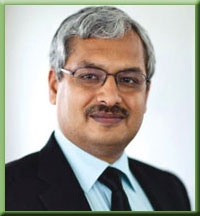

The Product Catalogue



Mr Jawa tells us, "At Daikin India, environmental stewardship is a commitment we strictly adhere to and stand by our commitment to the environment and energy sustenance. It is in this regard that Daikin India has launched a new range of air-conditioners, which while bringing in efficient cooling facilities to the consumers, is environmentally protective as well. For the Indian HVAC market, Daikin offers a new range of Inverter, Non – Inverter 5-star, 3-star & 2-star rated AC's which being in line with the new BEE energy efficiency standards offers improved energy efficiency. Daikin India has also launched a Super Multi Hot Water Air-conditioning solution for the first time in the country, which utilizes disposed energy to heat water, thus finding an innovative way to reuse the oft-neglected disposed energy. These Super Hot Multi Hot Water outdoor unit which can be connected with up to three indoor units & one storage water heater is one of the new-age solutions for energy efficiency."
Mr Rathore too affirms that running cost plays a major role in decision making for a buyer and this gives an added advantage to us as most of our products are energy efficient and saves a lot to the end customer in terms of life cycle cost. The technological advanced systems being offered by us include high efficiency screw chillers, magnetic levitation chillers, 4 pipe multifunction chiller, adiabatic cooling kit for air cooled chillers, inverter driven chillers/precision air conditioners etc." Satisfied with the response from the Indian market, Clima Veneta is all set to roll out their first chiller manufactured in India, from Bengaluru. The company is a leading global HVAC equipment manufacturer and offers a large range of products covering residential, hydronic chillers, reversible heat pumps, precision air conditioners, controls and supervision systems etc.
Explaining the demand supply equation for product types offered Mr Ananth states, "With its third generation Series R® RTWD water-cooled chiller, Trane meets customer demand for energy efficiency and couples it with increased reliability. Energy usage is a building's largest operating expense, making energy efficiency a top priority for building owners. The RTWD can operate with a dry cooler and in heat pump or heat recovery applications. This means reduced energy consumption and better overall building efficiency."
Innovation with Service
According to Mr Jawa, "The Indian HVAC industry is one of the most dynamic markets of the world, wherein competition is very aggressive and one has to be constantly up-to-date with latest technologies and pertinent innovations to remain a market leader. With more than six players vying for the top slot in the market, the competition is volatile wherein each and every competitor seeks to have a particular USP to rest the initiative in the highly competitive Indian HVAC market."
Investment into R&D and ensuring customer comfort with an organised after sales service, companies like Trane ensure the most reliable and cost-effective performance for HVAC systems from day one – and on through their complete lifecycle. "The reliability and efficiency of a chilled water system is directly related to how it is maintained and operated. In addition, proactive measures can prevent severe malfunctions and costly breakdowns. Trane Chiller Health Check Program can maximize the performance of existing chillers to reduce operating costs in the system's lifecycle, from initial start-up, through routine operation, monitoring and maintenance, to system upgrading and improvement," assures Mr Ananth.
Heating, ventilating and air conditioning (HVAC) system performance plays a critical role in the operational efficiency of a building. A safe, reliable and efficient HVAC system is key to minimizing operational costs. Trane has recently launched the Thermography service to identify hidden problems in a chilled water system in order to improve overall HVAC system performance.
The new predictive service uses infrared thermal imaging to detect and diagnose the thermal emissions of different components in the chilled water system. An increase in heat could suggest electrical and mechanical issues that can lead to component failure, unplanned outages and safety issues. Typical problems that Thermography can detect include loose electrical connections, current overloading, worn contactors, misalignment of shafts and belts and overheating of bearings.
"Thermography is an easy and proven way to inspect electrical and mechanical components of a chilled water system in a non-invasive manner, without disruption to system operation. Early detection of potential issues prevents costly system failures and unscheduled downtime. It also helps lower repair costs," explains Mr. Ananth.
With the continuous technology innovations and after sales attention, the HVAC market is bound to usher in a boom period, especially with complete support from the government to promote energy-efficient standards, practices, and technologies.



